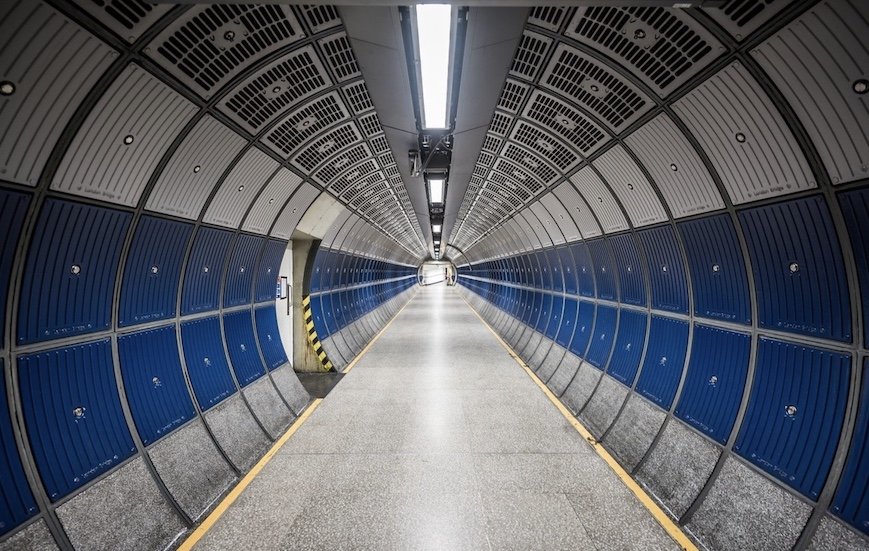Tunnel formwork is a specialized type of construction equipment designed to facilitate the building of high-rise commercial structures. The system was invented over 50 years ago, but it’s more popular today than ever. Contractors can read on to find out what they need to know about tunnel formwork.
The Benefits of Tunnel Formwork
Modern tunnel formwork allows walls and slabs to be cast in one single operation. These systems often rely on Table Formwork Construction, which creates a complete bay out of a suspended floor slab for quick installation and maximum mobility. The formwork provides reinforcement, then the concrete workers can perform a single, continuous pour to create the slabs and walls.
Using tunnel formwork can speed up the construction process significantly. Just ten workers can complete a 10-story building using this system in as little as 20-30 days. If the workers have dedicated training in tunnel formwork construction best practices, the resulting concrete finish will also be of high quality, reducing the need for plasters.
Tunnel formwork isn’t just efficient. It’s also highly earthquake resistant and excellent at reducing sound transmission, so it can create a safer work environment for the construction team. Since these systems are relatively easy to use, the chances of workplace accidents occurring under the watch of trained site managers and contractors are quite low.
High-quality tunnel formwork is factory-manufactured to exacting standards using durable, incredibly strong materials like structural steel. Though purchasing tunnel formwork requires a not insignificant initial investment, it can save contractors money over time since each form can be reused up to 600 times in height and size adjustable ways.
The Casting Process
One of the many great things about tunnel formwork is that the forms themselves are factory-constructed off-site. Once the forms are at the building site, the casting process is relatively simple and can be performed on a 24-hour construction cycle. There are seven stages to tunnel formwork casting:
1. Position the prefabricated wall reinforcements along the wing of the structure using a crane.
Crane two-and-a-half tunnels into position and bolt or securely fasten them together.
Pour the concrete for the walls.
Fix the slab reinforcements.
Place the concrete slab and use tarp wraps and butane heaters to sustain high temperatures for overnight curing.
Remove the tunnel forms the following day.
Repeat the process for the next set of bays.
Contractors who have never worked with tunnel formwork will need some specialized training before starting the job. However, the system itself is quite simple and trained workers should be able to complete projects with remarkable speed and accuracy.
Choose Tunnel Formwork to Save Time and Money
Since tunnel formwork allows contractors to produce durable cellular structures, it can improve the efficiency of any high-rise construction process. Contractors that have the equipment and expertise to use tunnel formwork can usually achieve time savings of up to 25% and reduce costs by around 15%, increasing the company’s revenue and letting construction managers pass some of those savings on to clients.
The Bottom Line
The use of tunnel formworks in high-rise construction is nothing new, but not all contractors are familiar with these remarkably efficient systems. Before purchasing forms, investigate the supplier to make sure the company utilizes only high-quality materials and produces reliable, easy-to-use formwork, and be prepared to provide on-site training for the company’s entire construction crew.










